New media technologies keep popping up, allowing us to tell stories in exciting, whizz-bangy, interactive ways.
And the content arms race is pushing marketers to do something new and sexy to cut through the clutter.
With this in mind, Velocity’s innovation department (that would be basically all of us) has collected styles and examples of B2B storytelling that are on the cutting edge.
These are not all startlingly new, but they are original and effective when deployed well. And most are surprisingly within reach of even the most budget-constrained content marketer.
We’ll keep adding to this list as and when we discover or create new examples. Consider these examples from the B2B content marketing innovation labs.
Data-driven mashups
Mashups are created when you combine two data sources into a new presentation. They really picked up steam with the advent of feeds and APIs, allowing any basement developer to grab content pipes and start playing. Here’s a simple example from an online marketplace that combines Google Maps with transaction data in their own platform:
Free Educational Offerings
One of the premises of content marketing was the ability to educate your market. Some efforts take this role more to heart, however. Numerous brands have built up full-scale educational offerings that rival anything you’d find on Lynda.com. Here is one great example:
Prezi
Prezi’s had the distinction of being rediscovered by marketers and agencies on roughly a yearly basis. It’s still mastered by few, ingenious when done well and more difficult than it looks. (And we’re currently looking at using Prezi as a makeshift video animation tool!) Here are a few interesting examples:
Soundcloud / AudioBoo
The humble podcast’s taken steroids and come back in a more robust form, thanks to web-based podcasting services that take care of recording, hosting and sharing for you. Soundcloud and Audioboo are great examples that we’re learning from everyday. Here are a few great examples of marketers using these platforms:
Personalized on-site content targeting
The Internet enabled a new content economy, where you could get a message to an unlimited audience with zero incremental cost. One to many, yeah! But what if each message could quickly be customized depending on who was at the other end, in a way that scaled across the billions of Internet users. This is a skunkworks concept, but we’ve started working with a company that promises just that. Watch this space…
Advanced content promotion
We’re routinely dumbfounded by companies who create content (sometimes brilliant content) then promote it with all the enthusiasm of a wet blanket. We tell them: Content doesn’t discover itself. So, much of our job (planning and execution) is ensuring content gets discovered. Sometimes this means content to promote content, like with this short video for NetSuite.
Calculators & Accelerators
The online calculator’s been around in different formats for years, and every time we see a good one we’re astonished. These things are great! There’s no better way to market your expertise than to get input from your audience, and then tune your expertise to their unique scenario. Here are four great examples we’ve seen or created recently:
Socially-informed content
At their root, many of these kinds of content are simple surveys or polls, but thanks to social tools and online efficiencies they gain a new stature. You either reach out to people, or invite them to contribute, and stand back. Then package up the response. Two excellent recent examples:
High-level curation
Curation tools are oozing out of every crack in the content marketing worldview (wherever a marketer struggles to create enough content). Some of these efforts have more merit than others. Intel’s created an entire proprietary curation platform to combine the interests of its entire community with Intel iq:
Media Crossovers
In an effort to increase the efficiency of content discovery, some companies are helping content producers to increase their exposure from third-party content platforms. Outbrain, for example, allows content producers to place their stuff in relevant places on thousands of partner sites. Worth a gander:
Native advertising
It’s more than just “what consumer marketers are calling content marketing”. Native advertising is the process of creating content that fits seamlessly within another channel’s stream of content. The more forward-thinking of PR agencies will see the parallel with linkbuilding campaigns. This way of thinking’s growing wings. A few examples:
Primers
Few marketers realize how fundamental their audience’s needs are, in terms of information. Those who do, and capitalize on that, succeed. This is not cutting edge from a technology perspective, but it is in terms of its approach to marketing and information. Packaging an authoritative and unbiased explanation is more controversial than it sounds. Here are two good examples:
Mini-documentary
Product videos and talking heads are a dime a dozen. The documentary is the gold standard of great video work. It requires more of the marketer, but – when done well – they put a human face and interest to a story that is impossible to achieve with any other media. Some examples:
Interactive infographics
If infographics have fallen over the initial crest of the hype cycle (on its way down to disillusionment), interactive infographics remain beyond the reach of the masses, and therefore represent something rarer and more valuable. Here are a few excellent recent examples (and Visual.ly curates hundreds more here):
Storify & other social curations
Storify’s one of those ingenious technical creations that allows people to craft compelling stories from “found content”. Basically, you collect a bunch of status update tidbits to a story (from different social platforms) and publish a single narrative. Here are two great examples from IBM and NetApp:
Storystream, Flockler, Ultra Knowledge
All of these companies – each in their own way – promise to help brands become publishers by organizing their own content and third-party content into a beautiful and user-friendly interface. Here are two great examples as employed by Econsultancy (Storystream) and Tech City (Flockler):
Breaking Newsjacking
Seldom is a marketing department agile enough to respond to recent events with a content proposition. Few have the executive buy-in to make this happen, much less the savoir-faire to actually do it (quickly). Obviously, done well, the benefits are stupendous, as with this slideshare from Kinvey:
Visual snacking
Content marketing’s often been too wedded to words. Increasingly, however, we’re getting better at thinking brand and image together. An interesting new trend involves marketers putting together a series of simple images that are made for quick social tasting. Here’s two great examples of this trend:
Illustrated summaries / Graphic recording
Another interesting new plank in the visual content marketing superstructure is what I call the illustrated summary. This involves commissioning a designer or artist to absorb impressions or ideas from, for example, a series of presentations, and then turning the main points into a visual summary. This was done to great effect when Marketo commissioned ImageThink for the most recent Dreamforce event:
Location-aware apps
Content isn’t just thoughts or opinions; it can also be location data. One of the bugbears of B2B mobile marketing has been B2B’s inability to make relevant use of their audience’s location. This has hampered development of meaningful B2B mobile apps. However, some have cracked it, like Regus UK here:
Slideshares
These are a kind of hybrid between visual snacking and a typical powerpoint. A great slideshare puts an interesting story into a series of well-designed slides. Despite the fact that it doesn’t require any unique technical knowledge and it enjoys considerable success, it’s surprising they’re not done more often (I’d say these are B2B content marketers’ “best kept secret that’s out in the open” right now). Here’s one we did for our own account:
Experiments
Experiments are where new knowledge is created, and new knowledge is the real currency of content marketing. There are two ways to approach this: Experiments already completed (also considered “the safe route”) and experiments in medias res (also considered “the ballsy route”). Here’s an example of the former and the latter”
Hangouts
Google+ may be every social media guru’s favorite child to whip (is that a thing?), but it does have some unique functionality; hangouts are one. This is the ultimate social content, and it’s at the forefront of what interesting content marketers are doing. A recent example from Econsultancy:
https://youtu.be/-kK39N-fs3g?rel=0
Open development
Oftentimes marketing doesn’t touch the business model; it’s a function, not a foundation. Open development allows a company’s marketing and its business model to commingle in interesting and compelling ways. Here, brands invite the world to play with core business propositions, and use the input to improve their marketing (both in terms of positioning and messaging). Two excellent examples:
Interactive timeline
The timeline’s one of the core routes for infographics. A few technology companies have given this concept wings, by allowing storytellers to pipe feeds, posts and social updates into an interactive, query-able timeline. I’m stuck for great examples of these done by brands, but the platforms are begging to be exploited. Here are two: Dipity & Timetoast .
What the fuck should I do
This approach to presenting content is not for the faint of heart, but it’s been effectively executed a few times (though not yet by a brand – perhaps we’ll explore a “What the fuck’s my content strategy” for our own nefarious purposes). Here are two examples:
Interactive video
This first popped up on our radars over a year ago, and it’s been a pity to see it sit relatively unused. This boils down to the fact that it’s got a challenging workflow, and therefore a hefty price-tag. Yet, if you’re in the market for great ways to engage audiences, you can hardly do better. An example:
Typography
It sounds lo-fi enough, but type can truly make a stunning difference to content marketing products. Our designers regularly cut new typefaces for client work, and it shows in that “this looks so great, but I can’t exactly say why” kind of way. In fact, type’s one of Velocity’s best semi-secret weapons. Here are just a few of our own examples:
Crowdfunding
Why produce all of your content out of pocket, if you don’t have to? On the other hand, you’ll need a pretty strong community and content brand (as well as a very useful product in mind) to pull in the funding you’re after. Here’s one good recent example of a marketer hitting her crowdfunding target:
Collaboration
Brands and marketers have traditionally been social only at the point of consumption (that is, their product aims to be social – i.e. loved). Increasingly, social principles and tools allow the consumer to take part in the production, as well. What better way to make sure your content hits the target. Here, one brand uses All our ideas to create content collaboration:
Tap essays
This is like a slideshare optimized for the iPhone. Created by media innovator Robin Sloan (see his excellent “Fish: A tap essay”), the tap essay allows you to tell a very straightforward story in an engaging way on smartphones and tablets. Tapestry’s made the technology to make them available to everyone (as beta) – I’m working on my first one.
Mind Maps
Traditionally seen as a way to organize your thoughts, mind maps can be gussied up by marketers to present a landscape of ideas or content in a compelling visual way. I’ve yet to see one of these done (either well or poorly) but we’re working on our first right now. We’ll add it here when it’s live.
SoundSlides
Again, this is a great format in need of a first-mover. The concept is excellent – you basically collect a series of soundbites and present them in one visual dashboard. This would be a great way to sum up an event or webinar.
TV Channel
This is taking the talking heads video to the next level. Once you’ve worked up a workflow and show concept, you can start turning out so many videos at a low cost that you establish a TV channel. Big brands like Cisco and Coca-Cola have their YouTube channels. Here’s a TV channel for content marketers:
Library marketing
For those content marketers who’ve been doing their thing for years, the problem changes from “what do we present” to “how do we organize all our stuff”. Increasingly, these brands are innovating in terms of how they present large bodies of content. Here are two examples:
Long-assed HTML Scroll-a-thon
As far as native to web storytelling goes, the ultimate vector is “down”. Some brands are using that vector to tell compelling stories that scroll on for, like, five meters. It’s a great way to embed ideas and other content within a meaningful context. An example:
Good old letter. You know: in the post.
Pulp and paper at the cutting edge? If innovation’s a continuum, eventually the most innovative thing is the most old-fashioned thing. I can’t say how many letters businesspeople receive in the post, but I’m assuming it’s on a scale of magnitude less than the emails they receive, so it’s automatically facing less competition. Here are some great examples of those.
Your own examples from the cutting edge of B2B content marketing?
Enjoyed this article?
Take part in the discussion

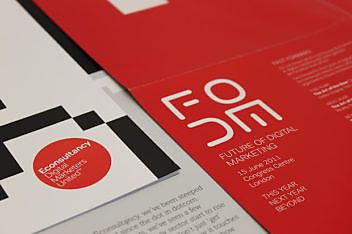
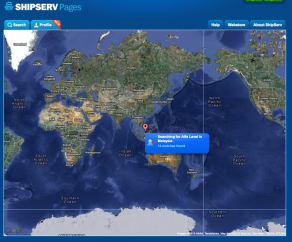
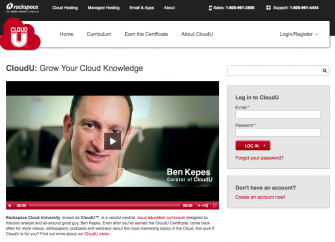
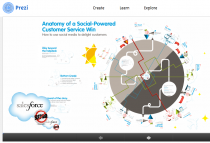
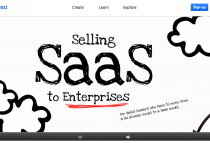
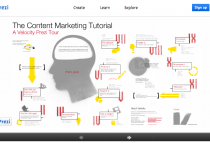
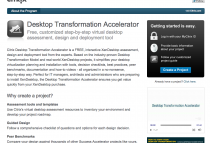

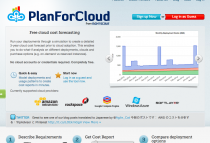

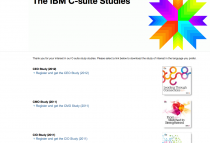
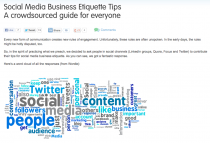

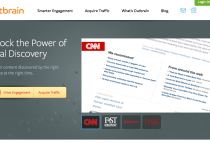
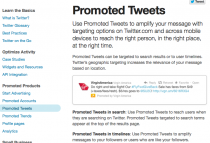
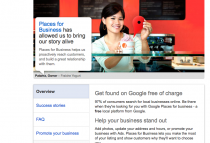
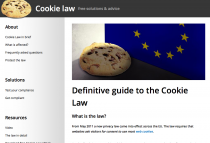
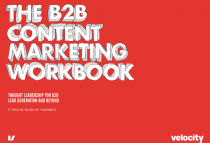
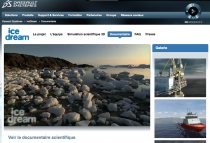

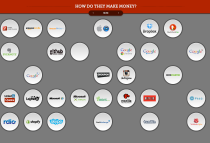
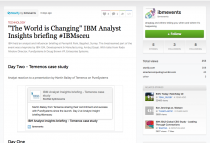
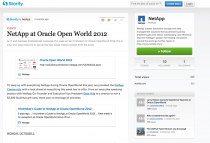
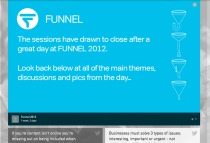
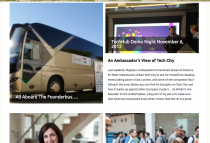

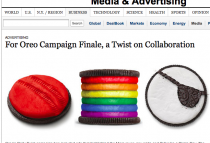
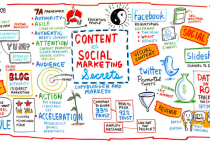
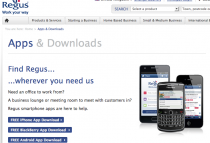

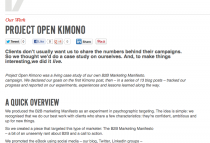
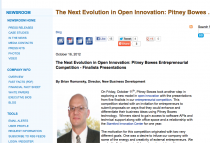
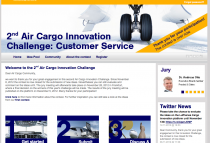
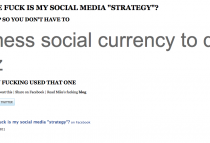
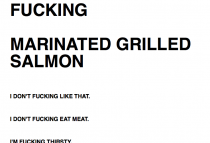
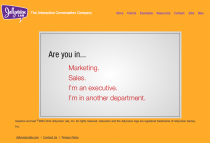
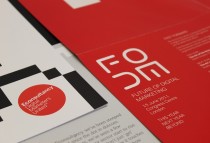

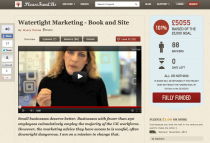

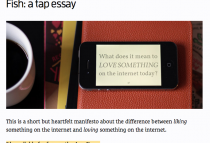
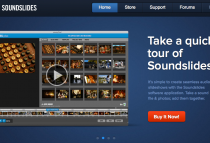
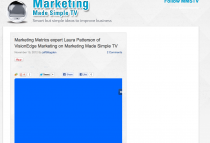
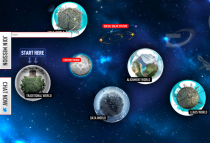
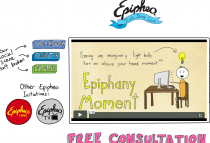







Comments
Rob Yoegel November 27th, 2012
Great summary… when you get a chance take a look at what we are doing at Monetate as well!
Ryan Skinner December 3rd, 2012
Hi Rob,
Thanks. I’ll look at Monetate, as you suggest.
Best,
Ryan
Aditi April 25th, 2013
Awesome! Loved going through your list. Picked a couple of cheap tricks which will help us generate different formats of content. Thanks!
Ravi khatri April 3rd, 2024
Picked a couple of cheap tricks which will help us generate different formats of content. Great summary